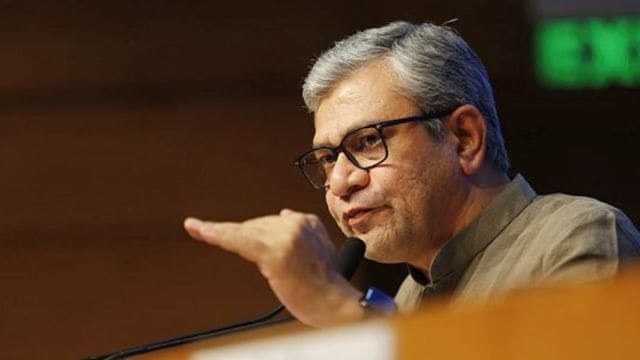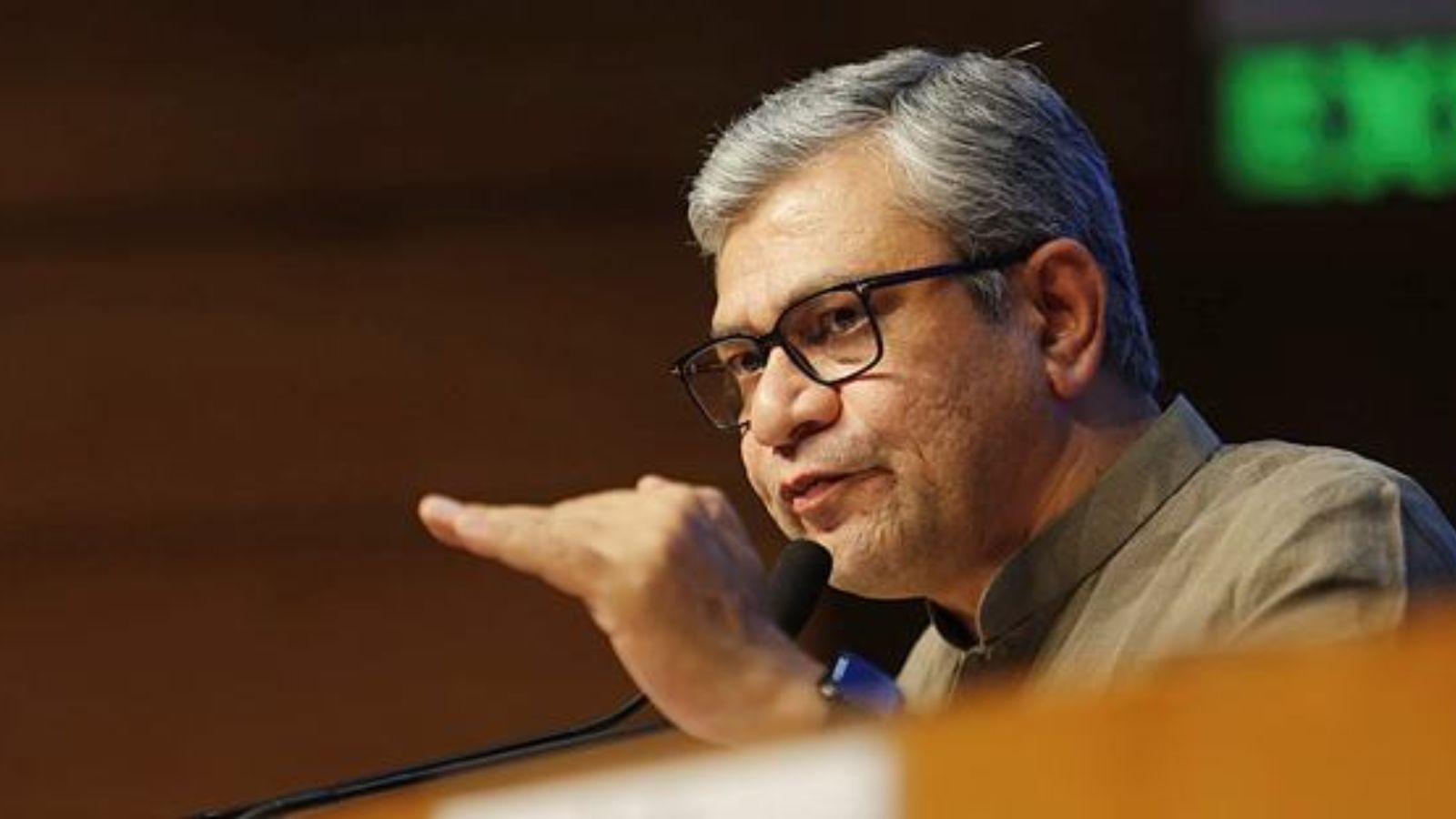
The Ministry of Information and Broadcasting’s second draft version of the Broadcasting Bill, shared secretly with select stakeholders, was withdrawn on August 12. The government has now invited feedback from the public on the first draft, instead, until October 15. Two signs shadow these capricious decisions. First, this government favours a top-down policy-making process in which consulting all stakeholders to achieve consensus is not a priority. Second, the flip-flop of draft revisions and stakeholder expansions, pre- and post-elections, between now and November last year, when the draft bill was introduced, lays bare the government’s recognition of the diminishment of its power in Parliament. The failure to power through a contentious Bill by circumnavigating parliamentary debate was duly preempted to avoid further loss of face.
Without delving into the government’s choice of stakeholders for the second draft, let’s focus on the Bill’s key sections that are mostly public by now. According to various reports, the draft proposed to include online non-news video creators and news video creators in the Bill’s ambit. These would be expected to observe a programme code, an advertisement code and set up a diverse content evaluation committee responsible for certifying their programmes. Such a Bill, if enacted, would have posed serious trouble for critics who have used the instantaneous and rapidly disseminating distribution of digital platforms like YouTube to question the government. Alongside online news creators, the Bill would arm the government with a flatiron with which to press criminal charges and financial penalties against online non-news creators for political satire and socio-cultural critiques against itself. Evidently, the prospect of navigating a complex bureaucratic landscape, coupled with the potential for hefty fees and compliance costs for independent and small-scale producers who cross the line, forms an indirect form of censorship. For a government that brags about pole-vaulting over bureaucratic hindrances to boost start-up culture in India, this Bill seems ironic, as it imposes new layers of red tape that could stifle innovation and creativity. Even without the Broadcasting Bill, self-censorship among creators and the removal of political satire by streaming services have increased since the introduction of the legally contested IT Rules 2021. The government’s intent, so far, indicates that whatever jubilation the creators may feel at the withdrawal of the Bill is short-lived. It has already shown there are too many ways to nail the coffin.
The use of the word “intent” is by no means speculative. In November 2023, the then Minister of Information and Broadcasting Anurag Thakur announced on X that the Bill would realise the Prime Minister’s vision of “ease in doing business and ease in living”. If that was the case, the second draft of the Bill should have been open to consultation for all stakeholders. This includes individual creators, media companies, platforms and most importantly, the average citizen. In fact, the “digital welfare” purpose would have yielded more support if the consultations were initiated before the draft Bill was put in place. The withdrawn Bill effectively arms the government with the power to selectively target and suppress creative voices that gain traction through virality, enabling them to hold platforms and creators accountable at their discretion.
Perhaps, the question then is not so much about the intent but the beneficiaries. “Ease of doing business and living” for whom? Is it for a select section of creators and media businesses who align with the government’s ideological pursuits and can disseminate its rhetoric through digital means? Or is it for a section of Indian citizens who are easily threatened by India’s plurality and bold cultural works that are aimed at drawing the government’s attention to social and cultural issues?
This leads us to the question of whether such a strategy is powerful enough to silence Indians’ growing frustration towards rising unemployment, caste- and gender-based atrocities and growing income divides. Common sense would suggest that those afraid of the government’s regulatory intent would have already buckled under it by now. And those who haven’t won’t cow down even before more look-alikes of the broadcasting Bill. This is the line where our colonial past meets postcolonial realities. Just as cultural workers collectivised society through their work during the British rule, and the Emergency, they will reach Indian citizens through the very digital infrastructures the government wishes to police. After all, we are not only living in the era of creative production, but also creative distribution.
It’s telling that the current government is yet to grasp that like content, and technology, humans also travel across borders. Taken together, the various censorship-based bills would have little impact on the flow of content on global platforms by creators living abroad. The potential of NRI and non-Indian creators accessing foreign resources and a global viewership to bring to light systemic injustices in India exposes both the challenges to and the limits of the Indian regulatory system in holding them accountable. As India takes centrestage for its geopolitical ambitions, so will its social, political and regulatory mechanisms. Any executive action against global citizens is certain to challenge India’s perception as a tolerant country.
The writer is assistant professor, Centre for Media and Journalism Studies, University of Groningen



